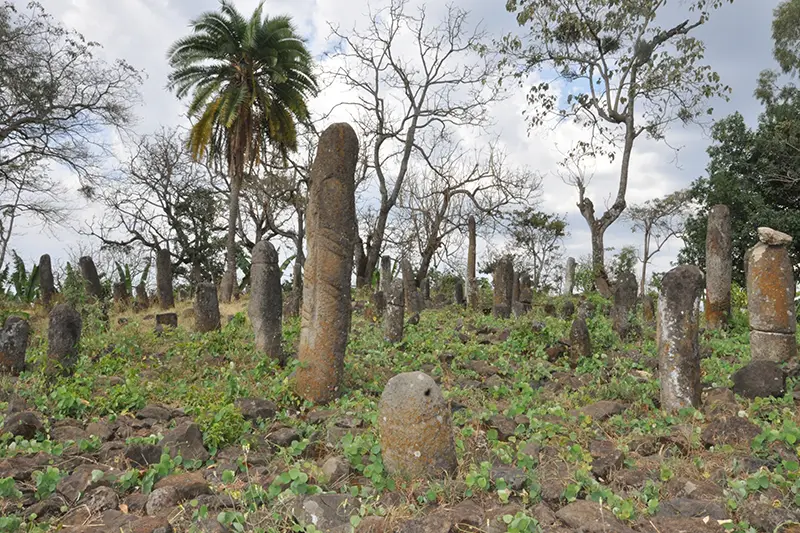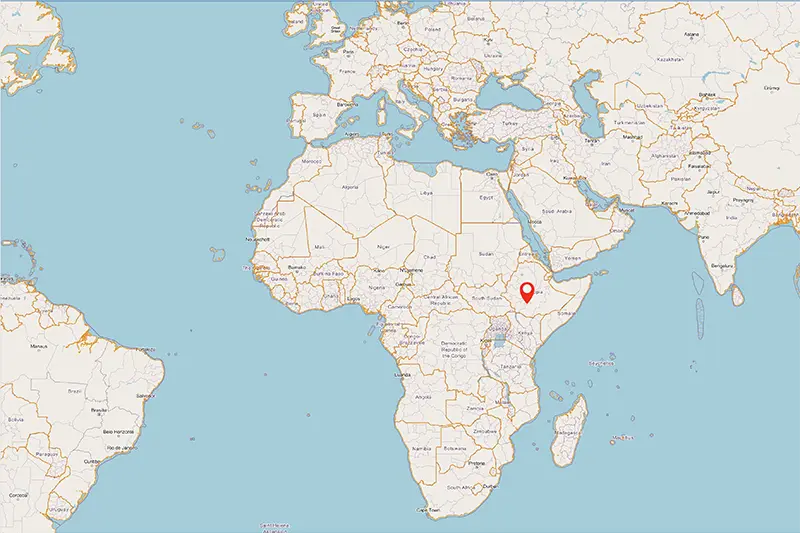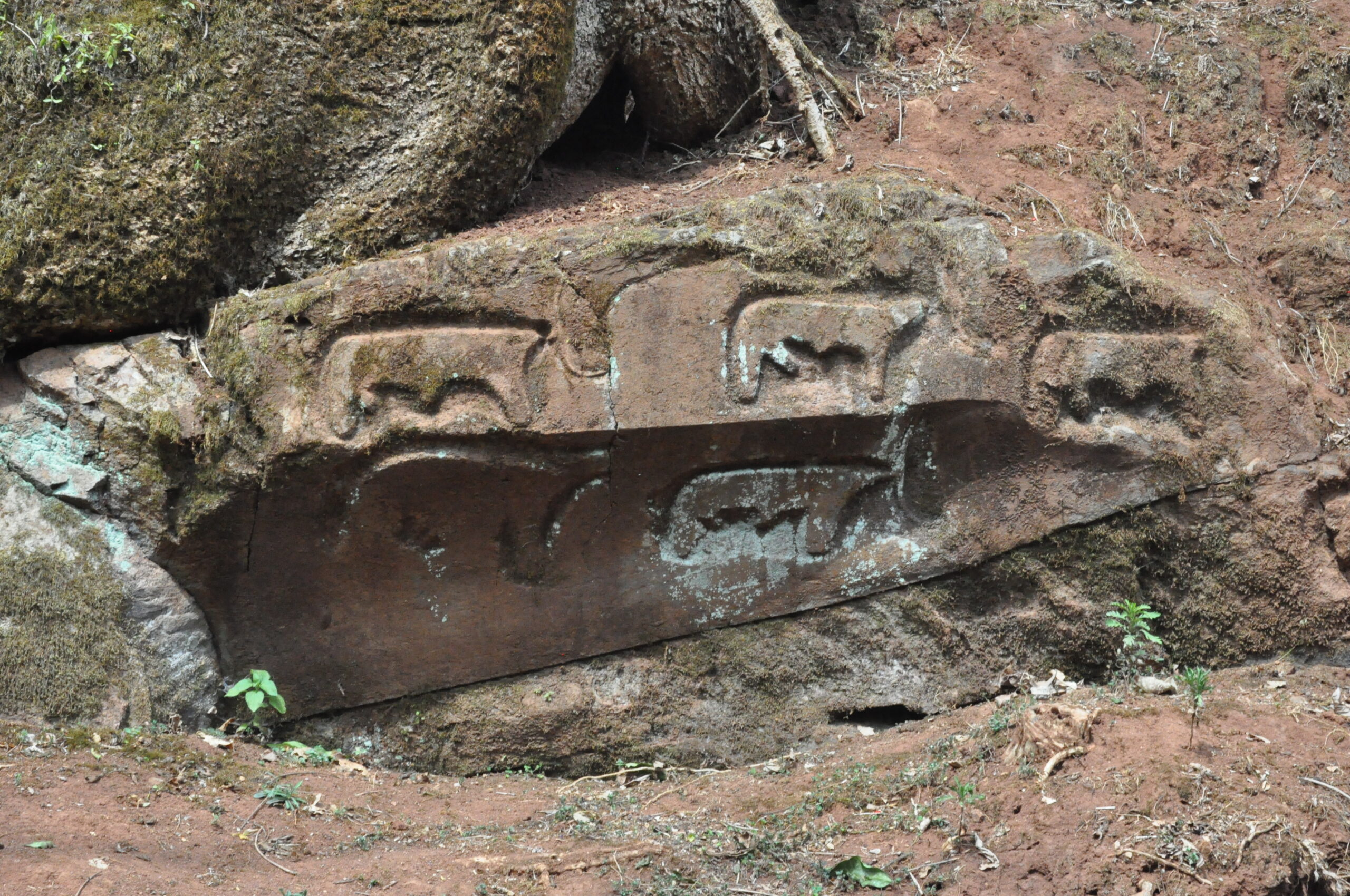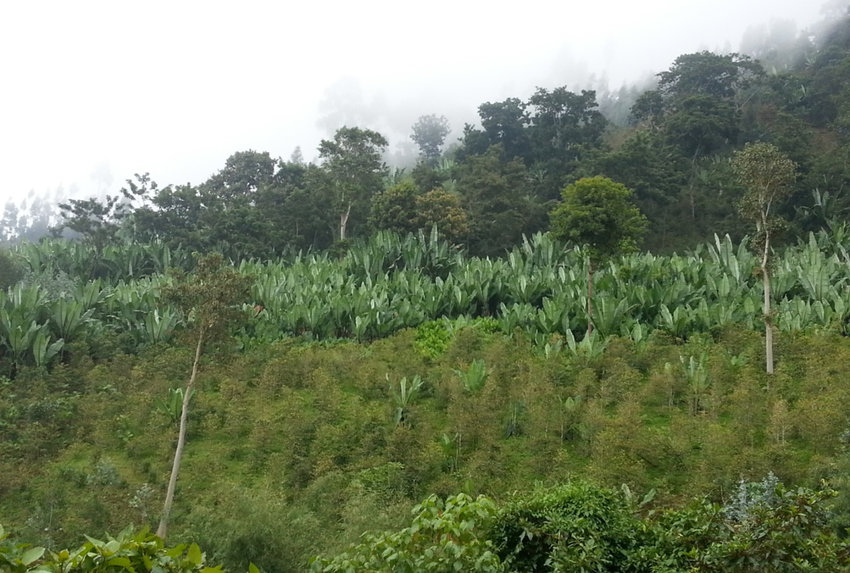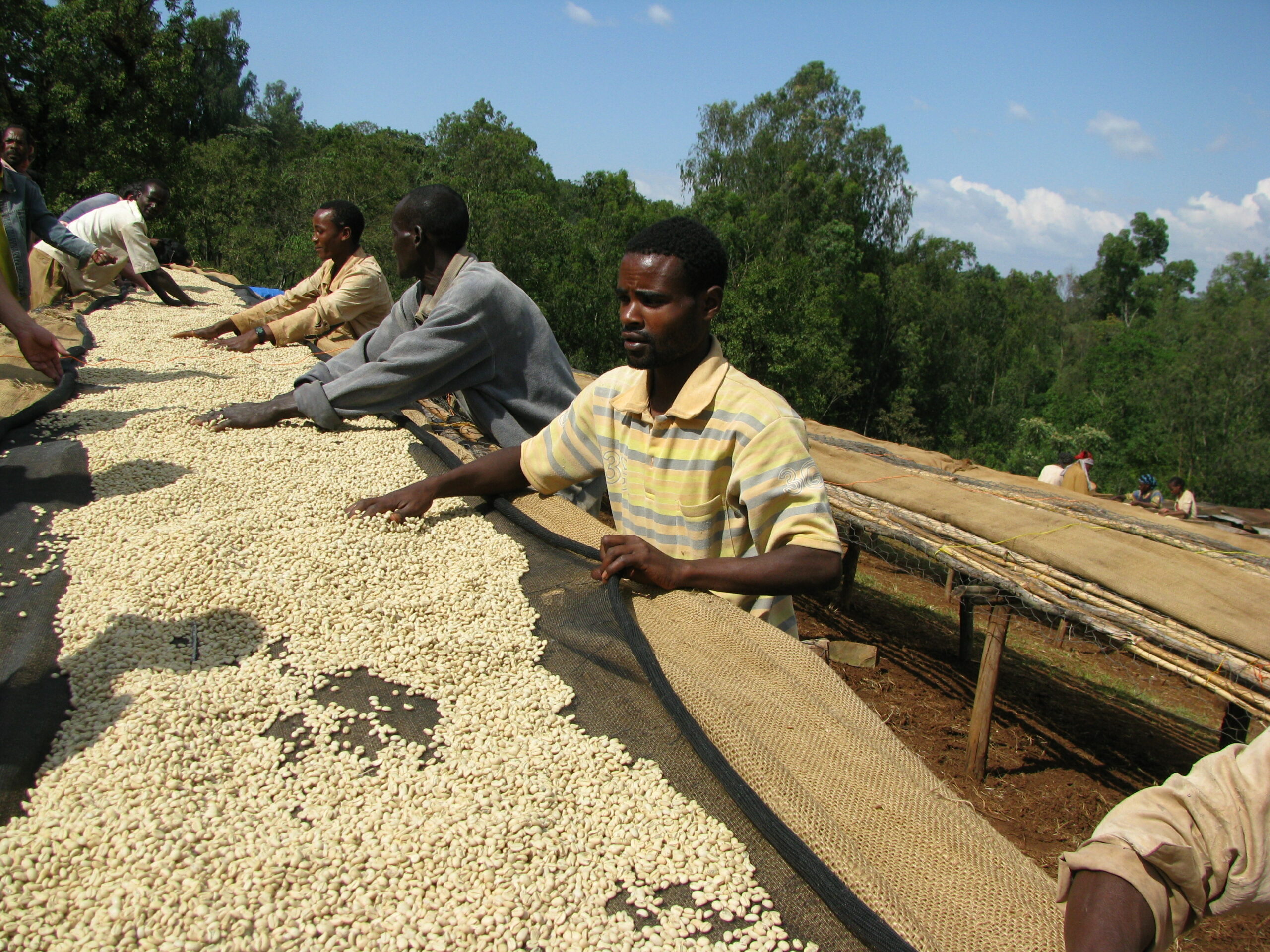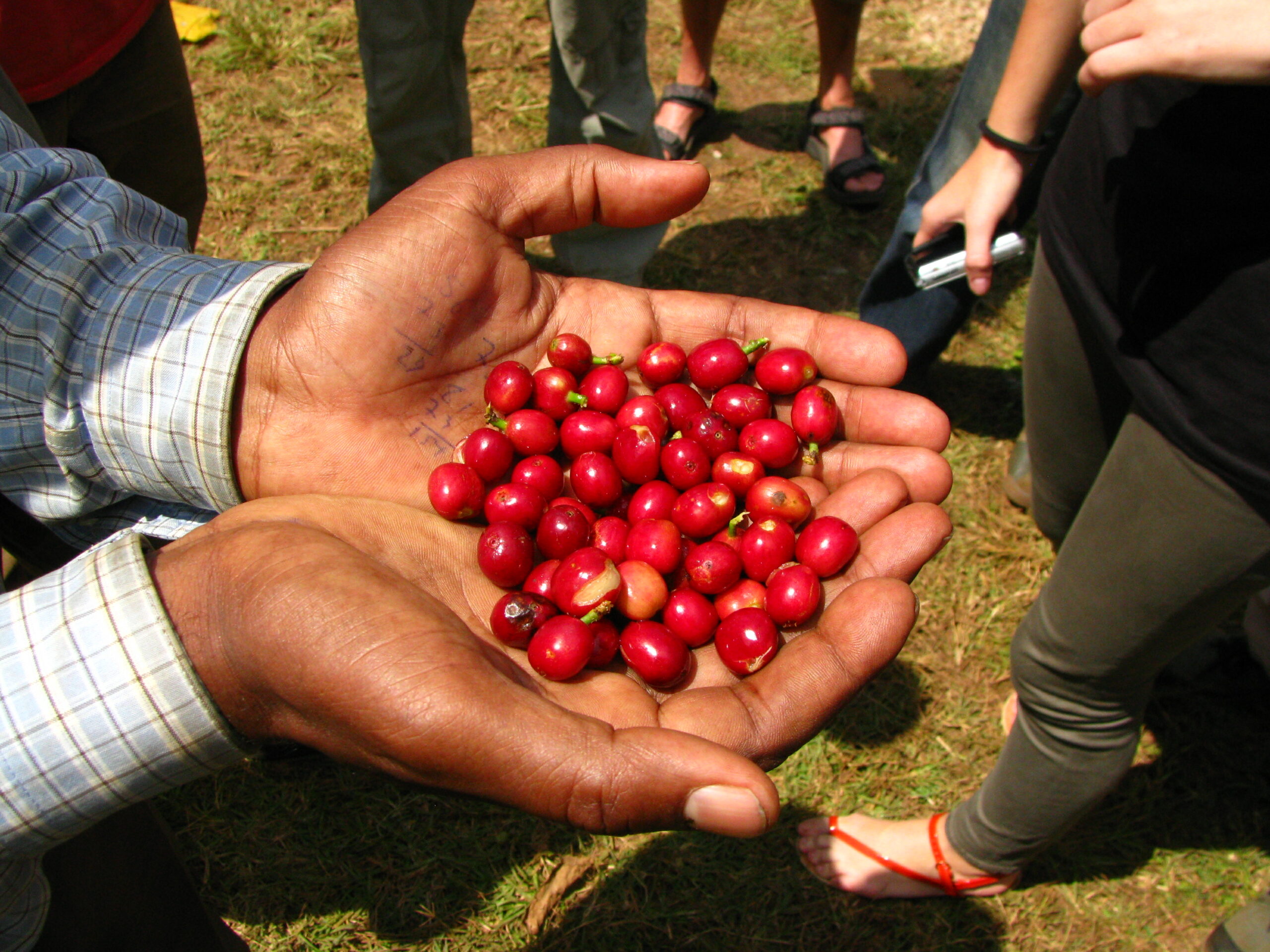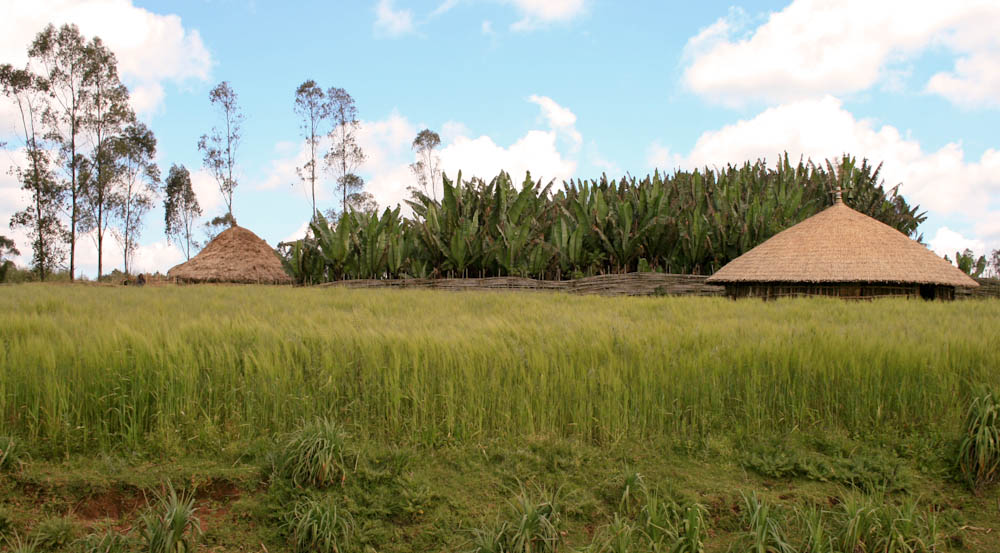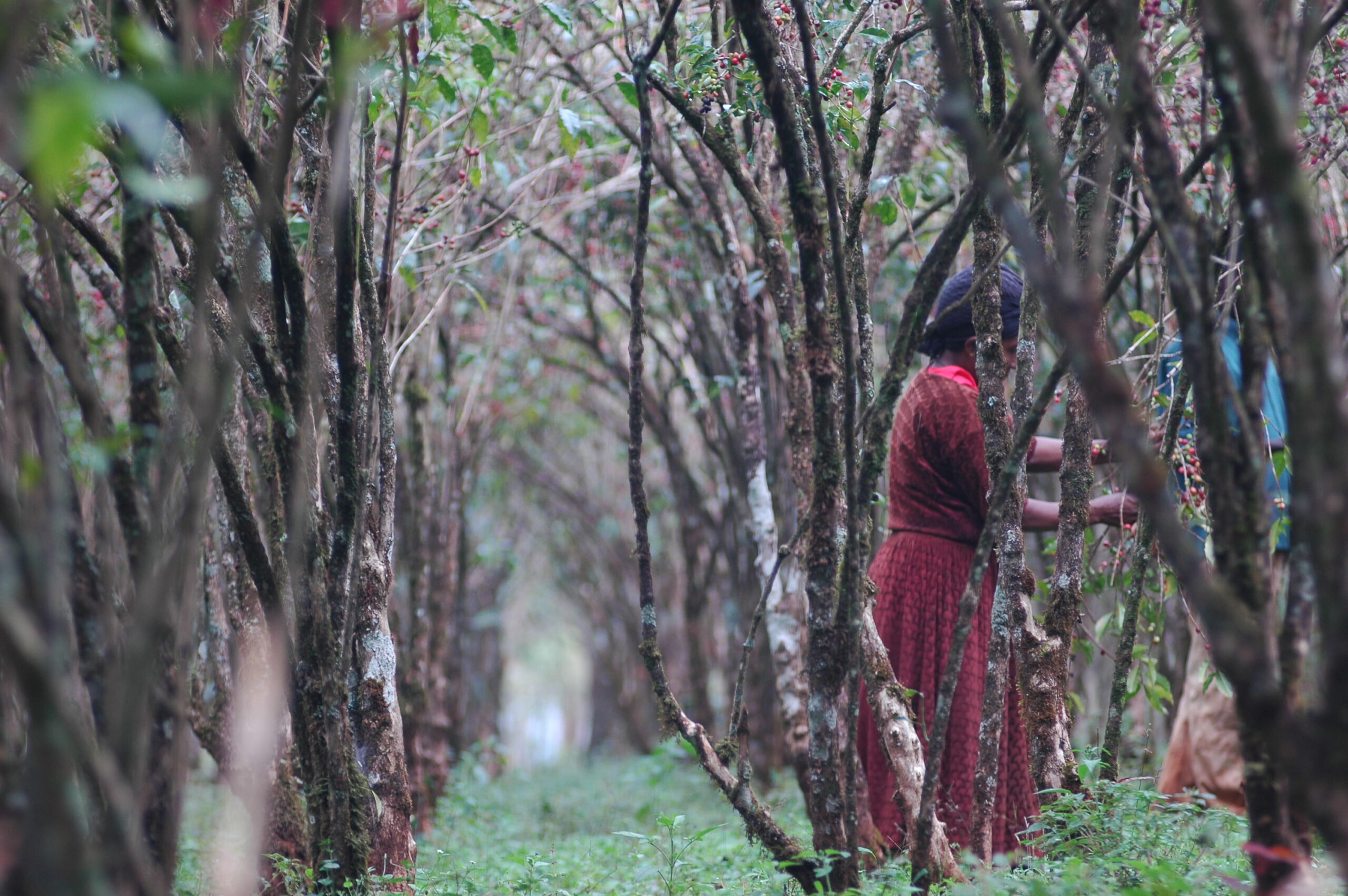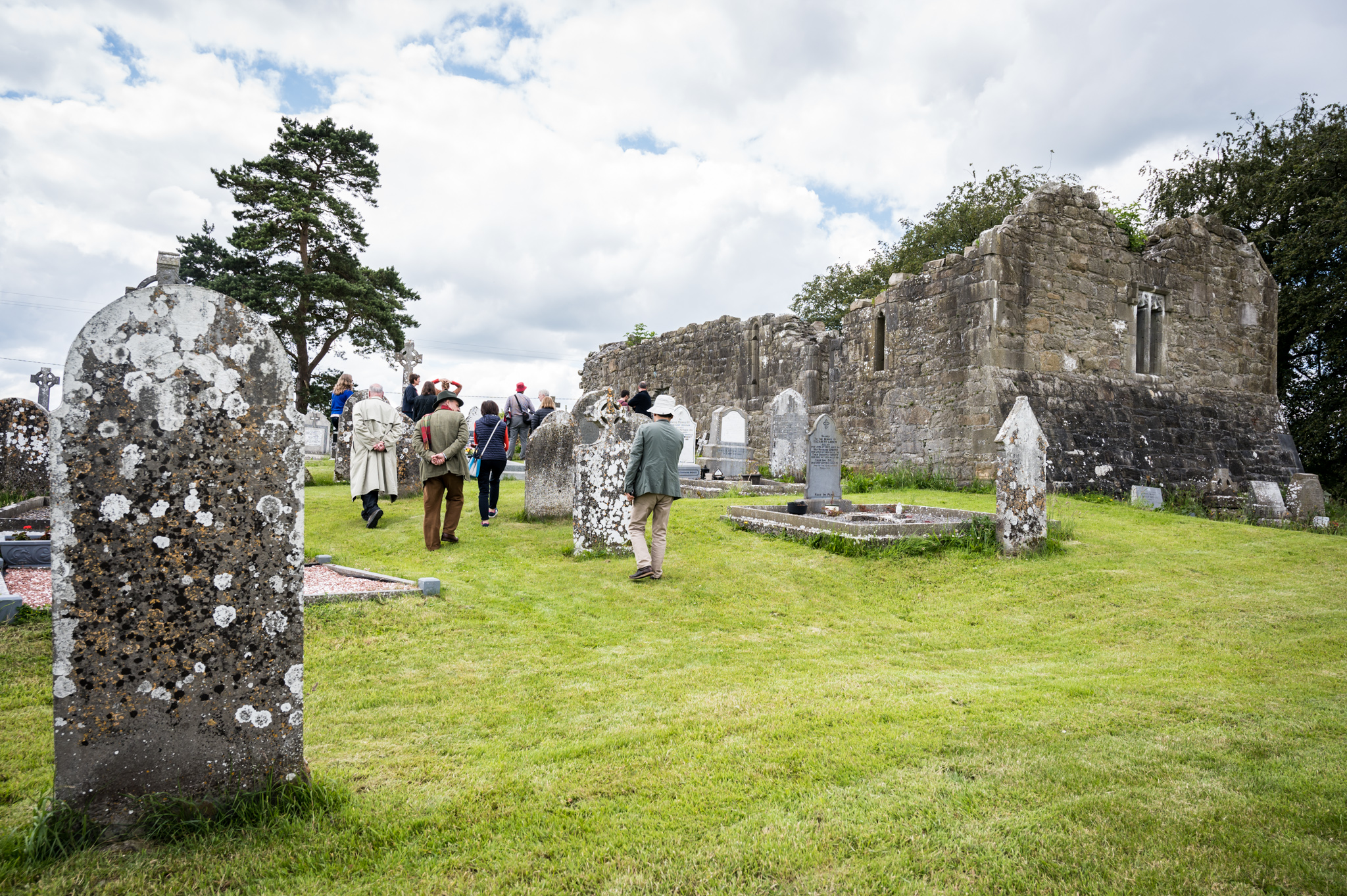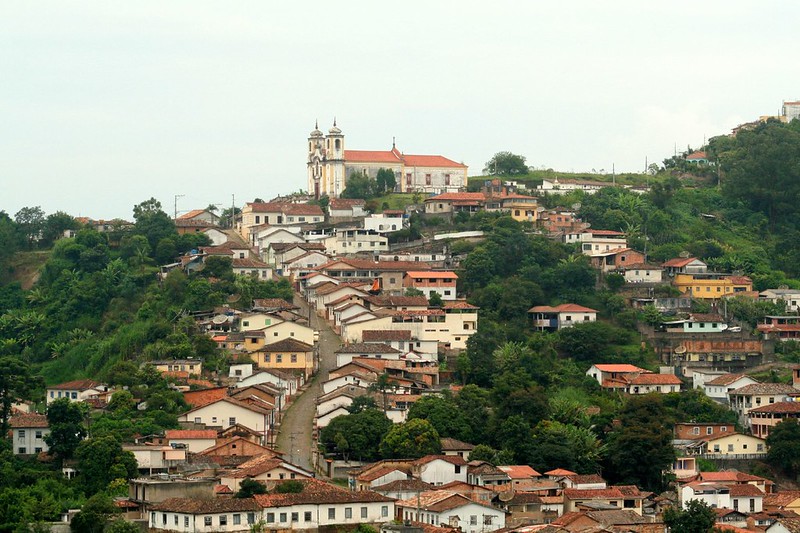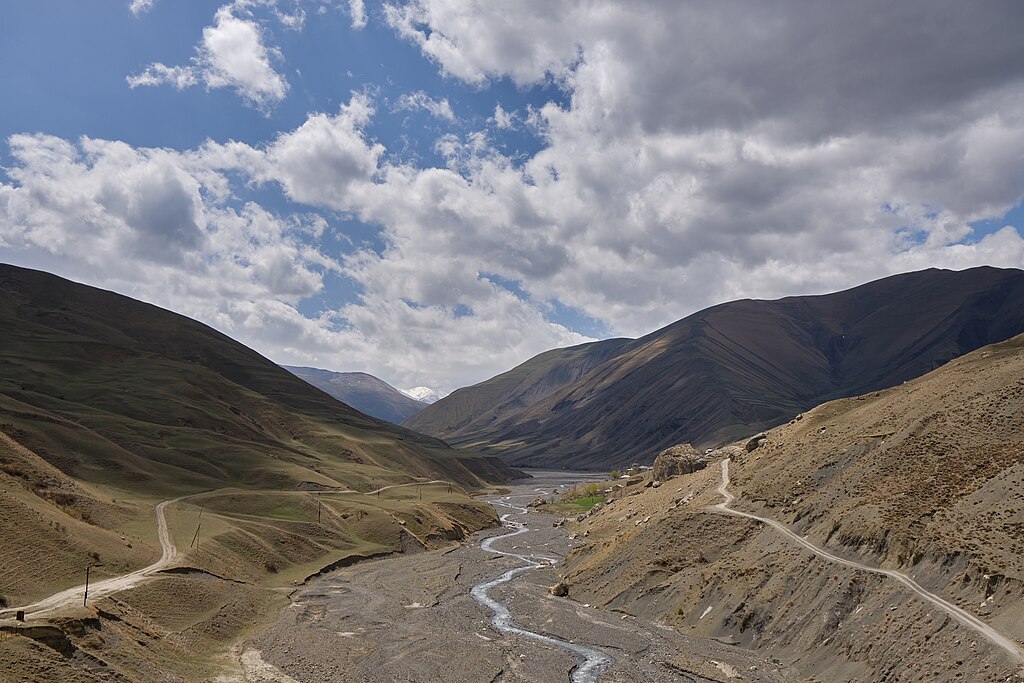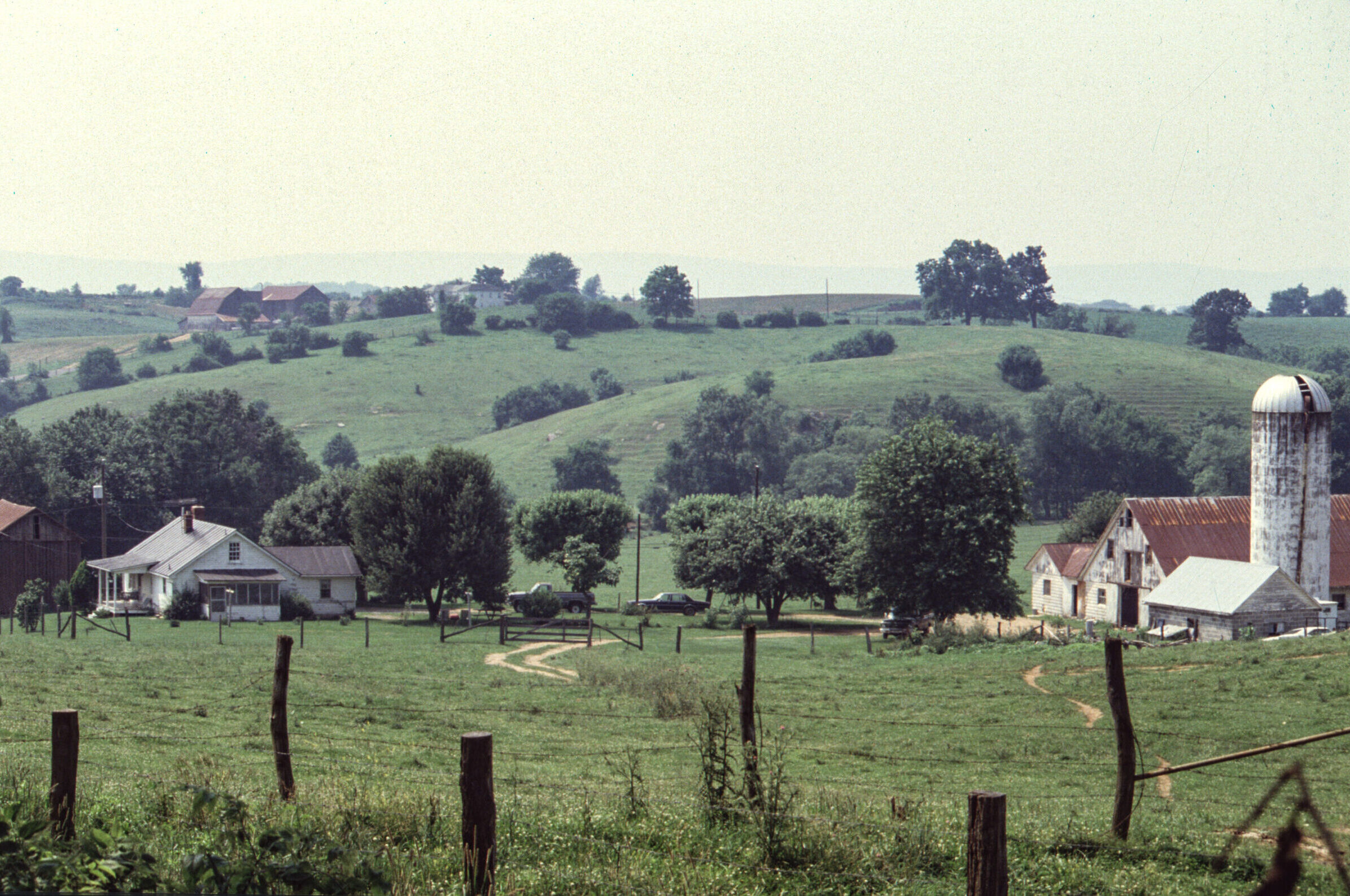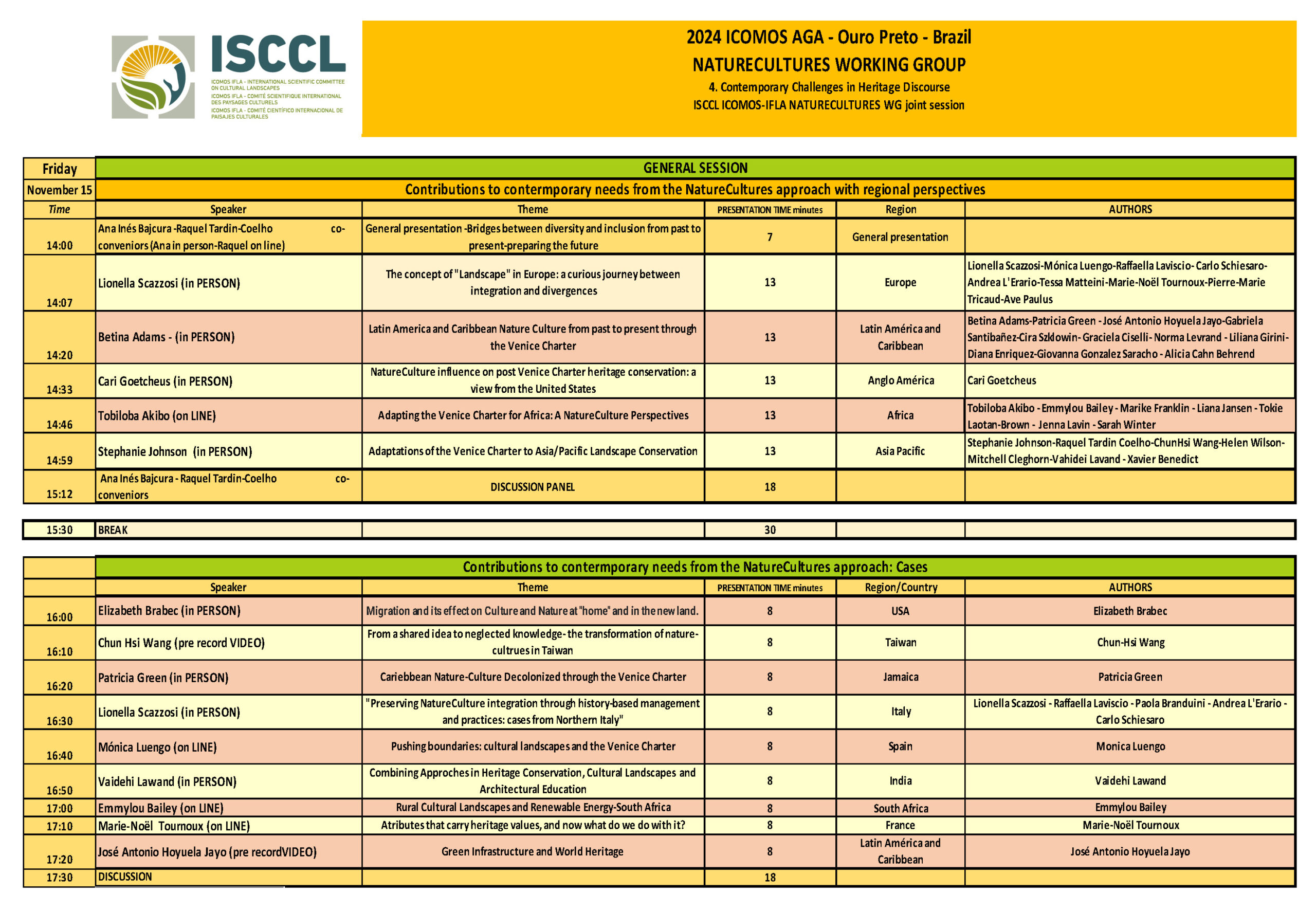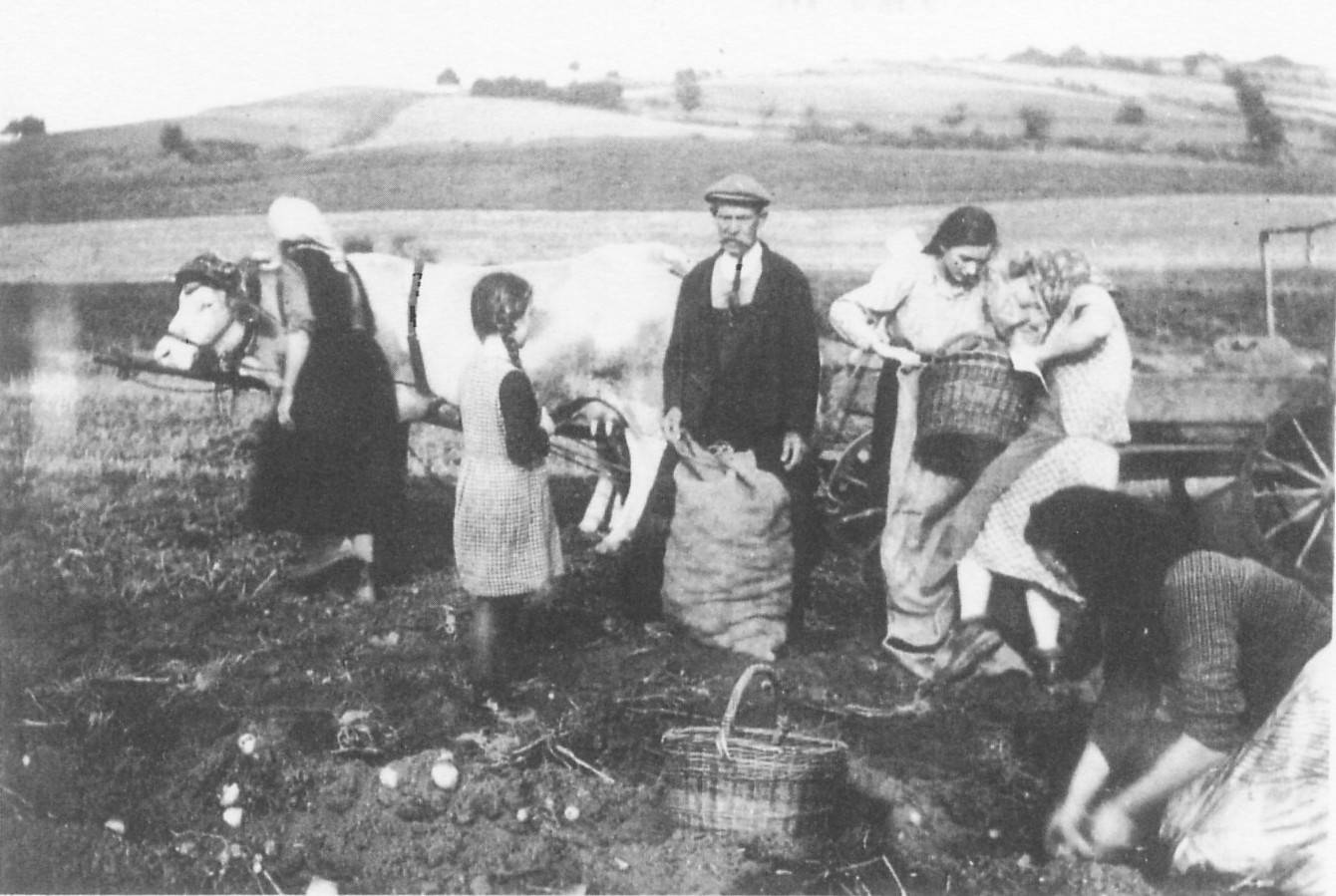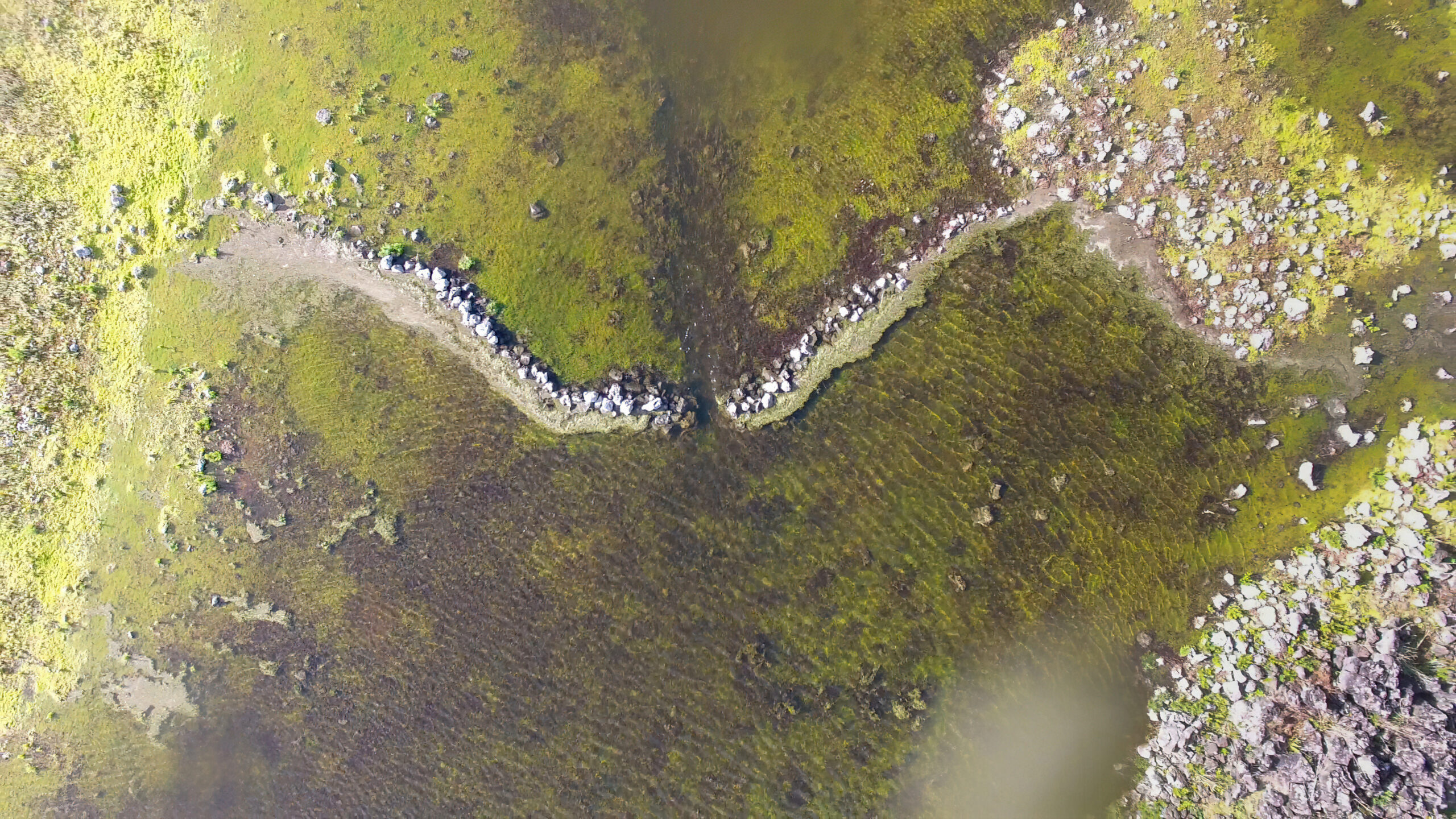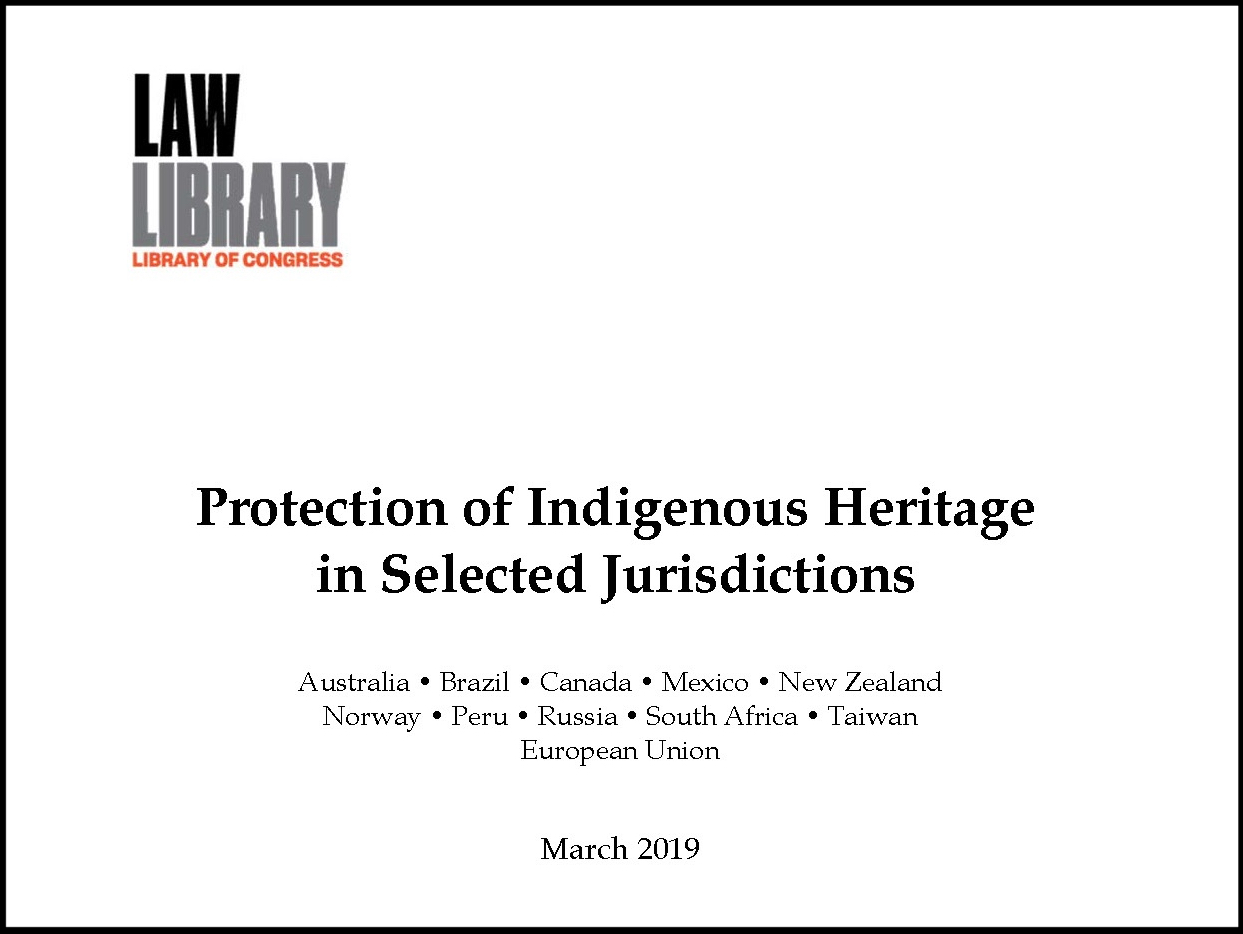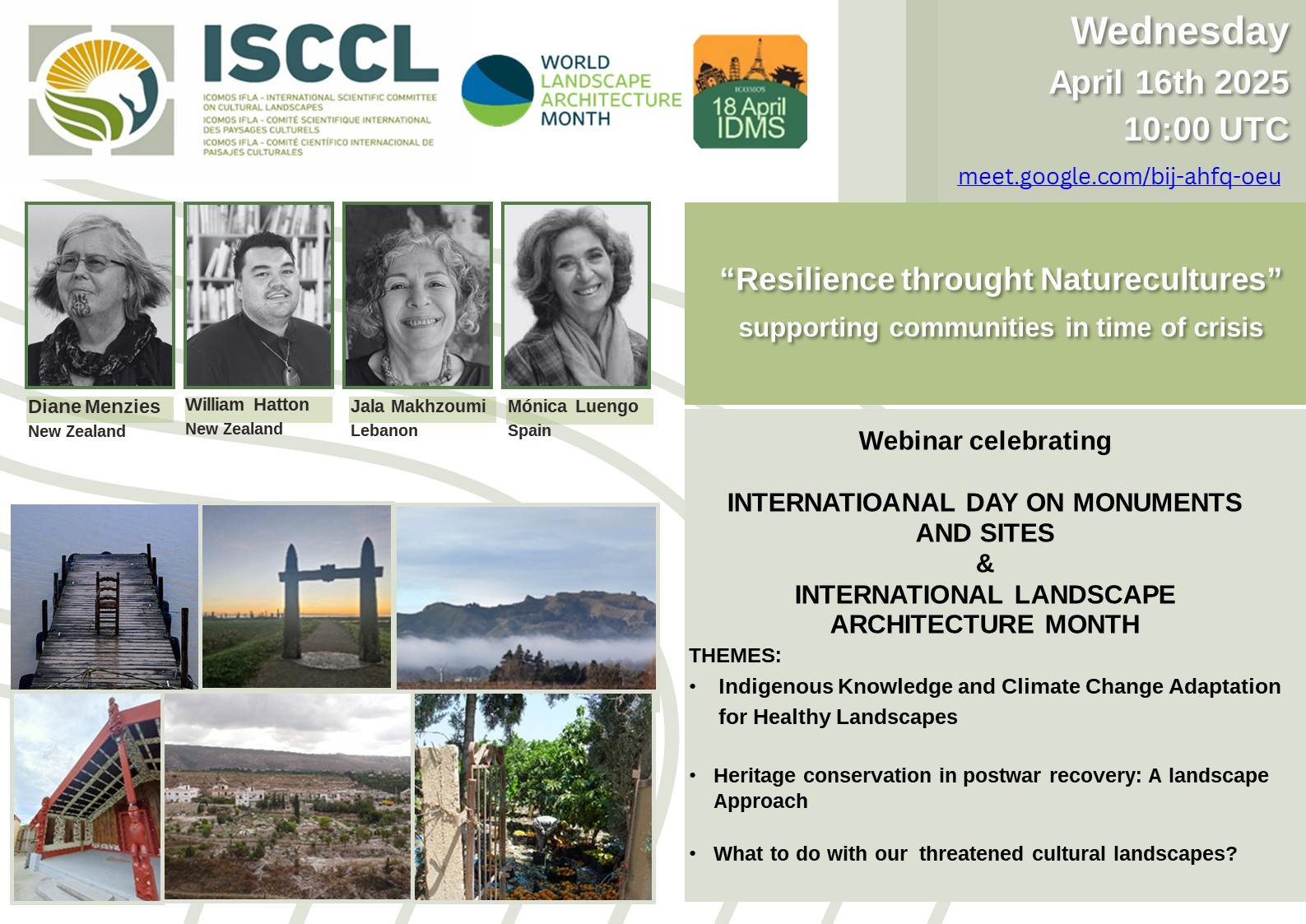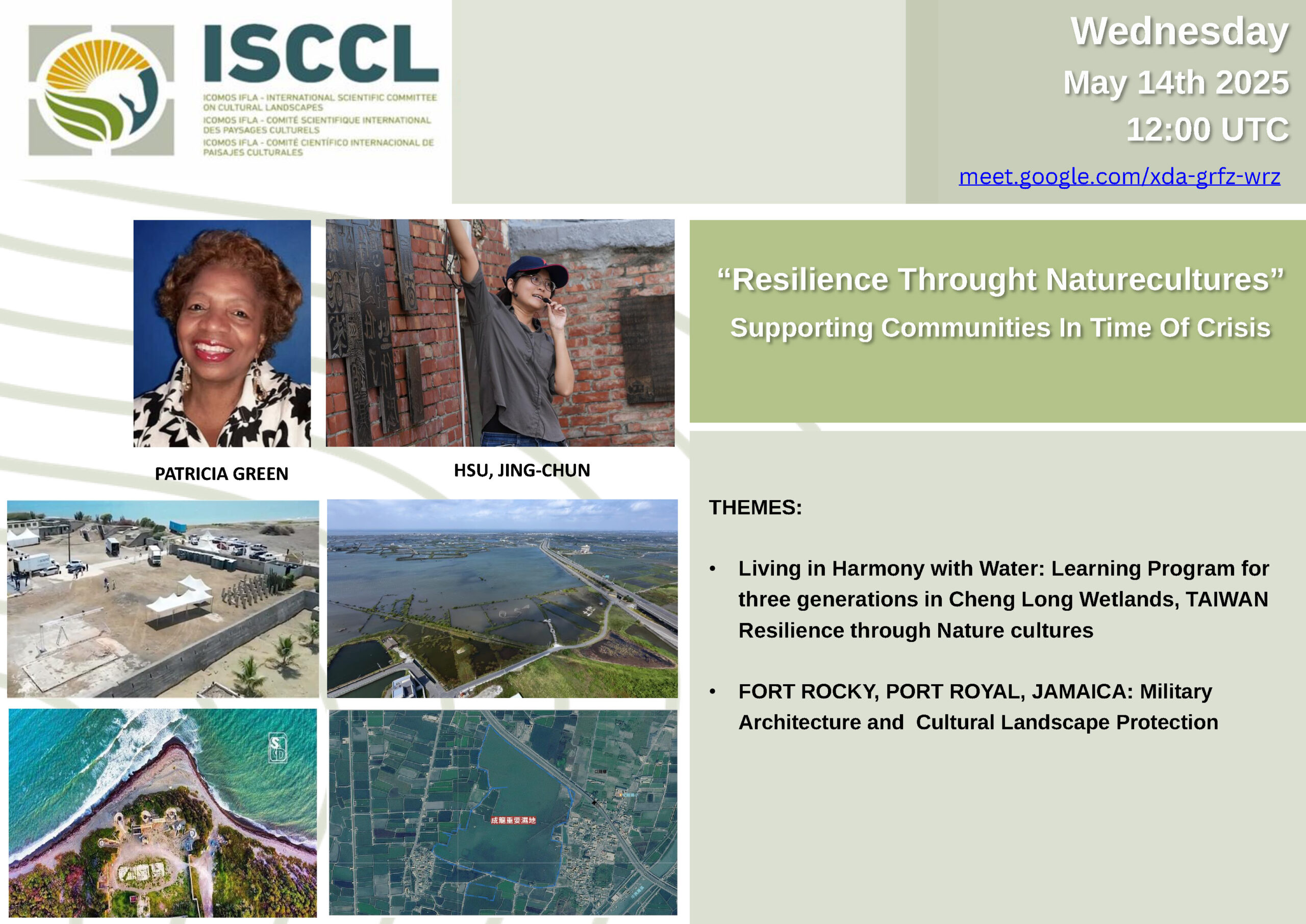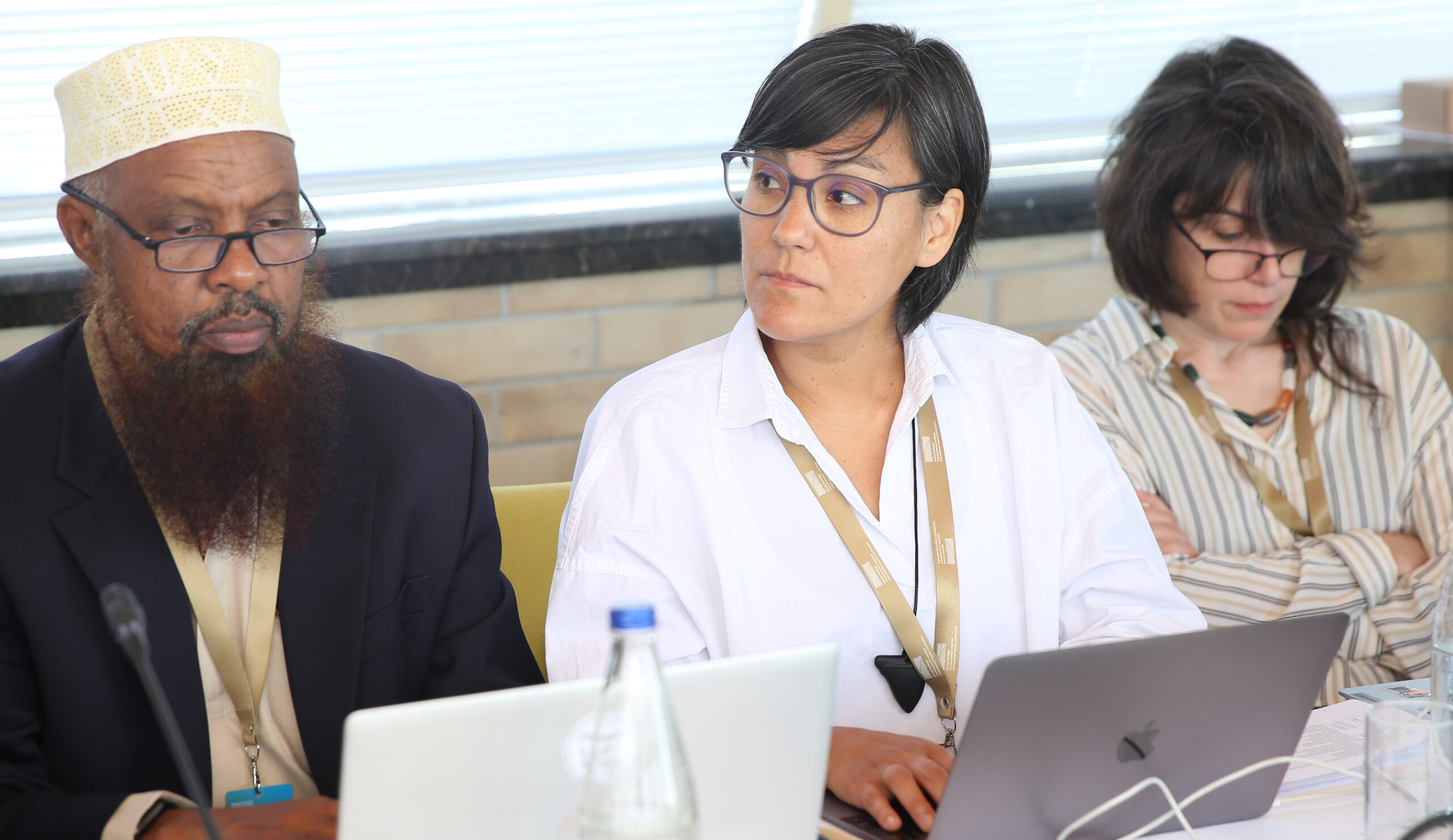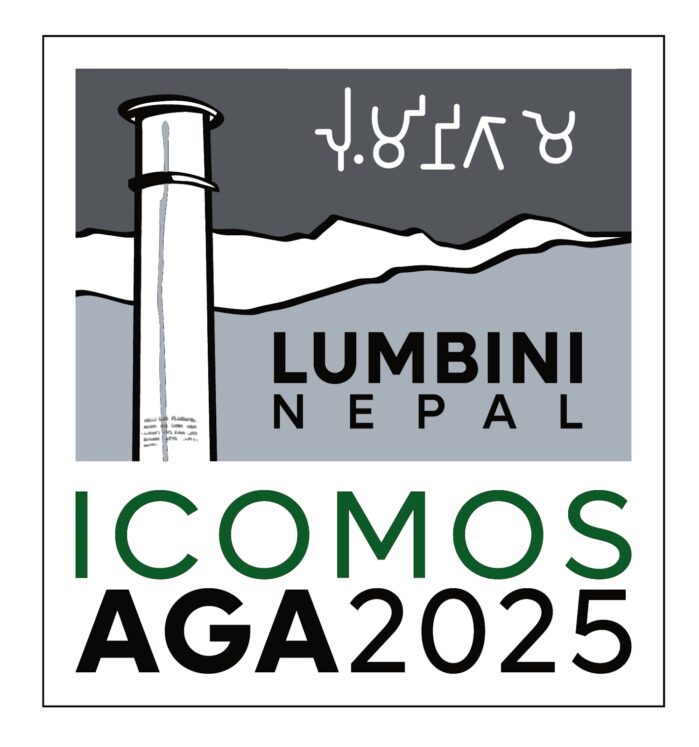The Gedeo Cultural Landscape in Ethiopia
A Cultural Landscape of Agroforestry: trees shelter enset, coffee and other food crops
Located in the Ethiopian Highlands along the Rift Valley, the Gedeo Cultural Landscape has a long-standing and living indigenous Gedeo cultural tradition of agroforestry (WHC 23, 45.COM 19, 362). The use of multilayer cultivation patterns shelter enset (Ensete ventricosum), an indigenous food crop; coffee; and other shrubs, set beneath an overarching canopy of mature trees. Enset is a member of the banana family, but it is the roots that are edible (Wilkin et al. 2019).
The cultivated mountain slopes of the region also include sacred forests and dense clusters of megalithic monuments which are traditionally used by local communities for rituals associated with the Gedeo religion and revered by the Gedeo and their elders. “Parts of the natural forest are set aside as sacred areas for ritual purposes, where no trees are felled or cultivation practised, and indigenous tree species have been preserved” (ICOMOS, 2022).
The Gedeo communities are heavily guided by indigenous knowledge and traditional institutions including the Songo (Council of elders) and the Ballee system which regulates interactions between people and nature. The resulting symbiotic system, including cultural and natural heritage values underpinned by the traditional knowledge systems of the Gedeo community, assist in ensuring environmental sustainability while also helping to sustain local livelihoods. The site is inscribed under criterion (iii) and criterion (v):
Criterion (iii) as an exceptional testimony to the indigenous Gedeo cultural tradition of agroforestry and the practices of layered cultivation which have provided sustainable living for generations of communities based on traditional knowledge and belief systems that protect and revere sacred forest areas and megalithic clusters of steles dated between the 8th and 15th centuries.
Criterion (v) as an outstanding example of how communities over time have devised systems to optimise constraints and/or opportunities within their natural environment. The Ballee system, which combines customary laws, regulations, norms, and social codes, creates a landscape that is rich in biodiversity, maintains harmony with species, and produces high quality organic coffee.
Interactive Map
Further information on the site, including the nomination file and the ICOMOS Evaluation, can be found at https://whc.unesco.org/en/list/1641/.
Selected documents
Amdie, Tesfaye. 2013. Determinants of crop diversity and composition in Enset-coffee agroforestry homegardens of Southern Ethiopia. Journal of Agriculture and Rural Development in the Tropics and Subtropics. 114. 29-38.
Duff, Andrew I., Ashenafi Zena, Addisalem Melesse, John A. Wolff, Owen K. Neill,and M. Steven Shackley. 2018. Recent research on megalithic stele sites of the Gedeo Zone, Southern Ethiopia, Journal of Archaeological Science: Reports (19) 856-863. https://doi.org/10.1016/j.jasrep.2018.03.034.
Ethio-Korea Tube. 2023. Gedeo Cultural Landscape: A UNESCO Heritage Site. YouTube https://www.youtube.com/watch?v=uXZo21EPp-A.
ICOMOS. 2022. The Gedeo Cultural Landscape (Ethiopia), No 1641. Paris: ICOMOS. Available at: https://whc.unesco.org/en/list/1641/documents/ [Accessed 3 May 2024]
Temesgen, Habtamu, and Wei Wu. 2018. “Farmers’ Value Assessment of Sociocultural and Ecological Ecosystem Services in Agricultural Landscapes” Sustainability 10, no. 3: 703. https://doi.org/10.3390/su10030703
UNESCO. 2023. The Gedeo Cultural Landscape. UNESCO. Available at: https://whc.unesco.org/en/list/1641/ [Accessed 3 May 2024]
Wilkin, Paul; Demissew, Sebsebe; Willis, Kathy; Woldeyes, Feleke; Davis, Aaron P.; Molla, Ermias L.; Janssens, Steven; Kallow, Simon; Berhanu, Admas. 2019. “Enset in Ethiopia: a poorly characterized but resilient starch staple”. Annals of Botany. 123 (5): 747–766. doi:10.1093/aob/mcy214. PMC 6526316

